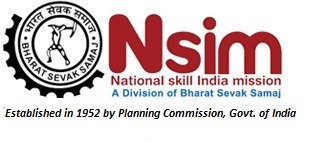Stories you may like
Architects design new buildings and suggest alterations to existing buildings.
Architects create designs for new construction projects, alterations and redevelopments. They use their specialist construction knowledge and high-level drawing skills to design buildings that are functional, safe, sustainable and aesthetically pleasing.
Architects stay involved throughout the construction process, adapting their plans according to budget constraints, environmental factors or client needs. As such, they operate as part of an overall project design team, working closely with a range of construction professionals from quantity surveyors to building services engineers.
Typical work activities include:
-
creating building designs and highly detailed drawings both by hand and by using specialist computer-aided design (CAD) applications
-
liaising with construction professionals about the feasibility of potential projects
-
working around constraining factors such as town planning legislation, environmental impact and project budget
-
working closely with a team of other professionals such as building service engineers, construction managers, quantity surveyors and architectural technologists
-
applying for planning permission and advice from governmental new build and legal departments
-
writing and presenting reports, proposals, applications and contracts
-
specifying the requirements for the project
-
adapting plans according to circumstances and resolving any problems that may arise during construction
-
playing a part in project and team management
-
travelling regularly to building sites, proposed locations and client meetings
For the most part an architect’s working day will be office based. However, site visits and meetings with clients are frequent, so travel can figure prominently.
Key skills for architects
-
Excellent communication skills, both written and oral
-
High levels of creativity and imagination
-
A keen interest in the built environment and the dedication to see projects through to their conclusion
-
Willingness to work long hours, under time and budget pressure
-
Excellent design and drafting skills and proficiency with computer-aided design (CAD)
-
A keen eye for detail, as well as the ability to see the bigger picture of a project
-
Organisational, project management and planning skills, including the ability to juggle multiple tasks
-
An analytical mind with excellent problem-solving and mathematical ability
-
Leadership skills as well as the ability to work well within a team of other professionals
-
An awareness of the specific environmental and social impact of your projects
Typical employers of architects
-
Private architect practices
-
Large construction companies, particularly consultancies
-
Public sector bodies
-
Large industry organisations with substantial property portfolios (such as large retailers)













User's Comments
No comments there.